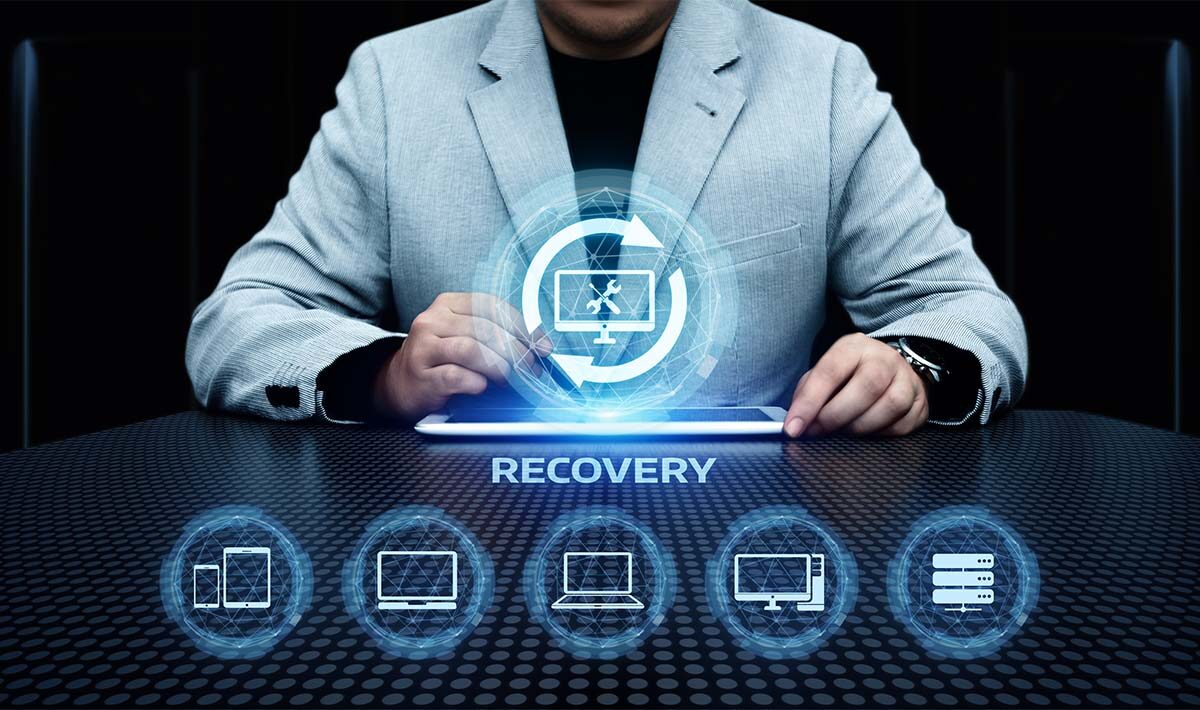
Mediation’s Rise Solving Disputes Peacefully
The Growing Popularity of Mediation
In an increasingly contentious world, the search for peaceful and efficient dispute resolution methods is more critical than ever. Traditional litigation, with its lengthy processes, high costs, and often adversarial nature, is losing ground to a more collaborative approach: mediation. Mediation, a process where a neutral third party helps disputing parties reach a mutually acceptable agreement, is experiencing a remarkable rise in popularity across various sectors, from family law to commercial disputes.
Cost-Effectiveness of Mediation Compared to Litigation
One of the primary drivers behind mediation’s growth is its cost-effectiveness. Legal fees associated with litigation can quickly escalate, often exceeding the value of the dispute itself. Mediation, on the other hand, offers a significantly more affordable alternative. The fees are typically much lower, and the process is usually completed in a shorter timeframe, minimizing the financial burden on all involved parties. This makes it a particularly attractive option for individuals and small businesses with limited resources.
Speed and Efficiency in Resolving Disputes
The speed and efficiency of mediation are undeniable advantages. Litigation can drag on for years, causing significant stress and uncertainty. Mediation, however, focuses on finding a solution quickly. The process is designed to be flexible and tailored to the specific needs of the parties involved, allowing for a resolution within a significantly shorter timeframe. This efficiency is highly valued in today’s fast-paced world, where swift resolution is crucial for maintaining business continuity and minimizing emotional distress.
Preservation of Relationships Through Mediation
Unlike the adversarial nature of litigation, mediation prioritizes preserving relationships. The process fosters collaboration and communication, encouraging parties to work together to find a solution that meets their individual needs. This collaborative approach helps maintain working relationships, family bonds, and community ties, which are often irreparably damaged through the combative process of litigation. The focus on mutual understanding and compromise can lead to stronger, more resilient relationships post-dispute.
Flexibility and Control in the Mediation Process
Mediation offers a high degree of flexibility and control to the parties involved. Unlike litigation, where the outcome is largely determined by a judge or jury, mediation allows parties to shape the process and the final agreement. They can decide on the issues to be discussed, the pace of the process, and the terms of the settlement. This sense of control empowers individuals and businesses, enabling them to reach a solution that genuinely addresses their concerns and priorities.
Expanding Applications of Mediation Across Industries
The applications of mediation are constantly expanding. While traditionally used in family law and commercial disputes, mediation is now successfully employed in a wide range of areas, including employment disputes, environmental conflicts, community disagreements, and even international relations. Its adaptability and effectiveness in resolving various types of conflicts have established it as a valuable tool across diverse sectors. The rise of online dispute resolution (ODR) further expands accessibility and use.
The Role of the Mediator: A Neutral Guide
The mediator plays a crucial role in the success of the process. A skilled mediator is















































































